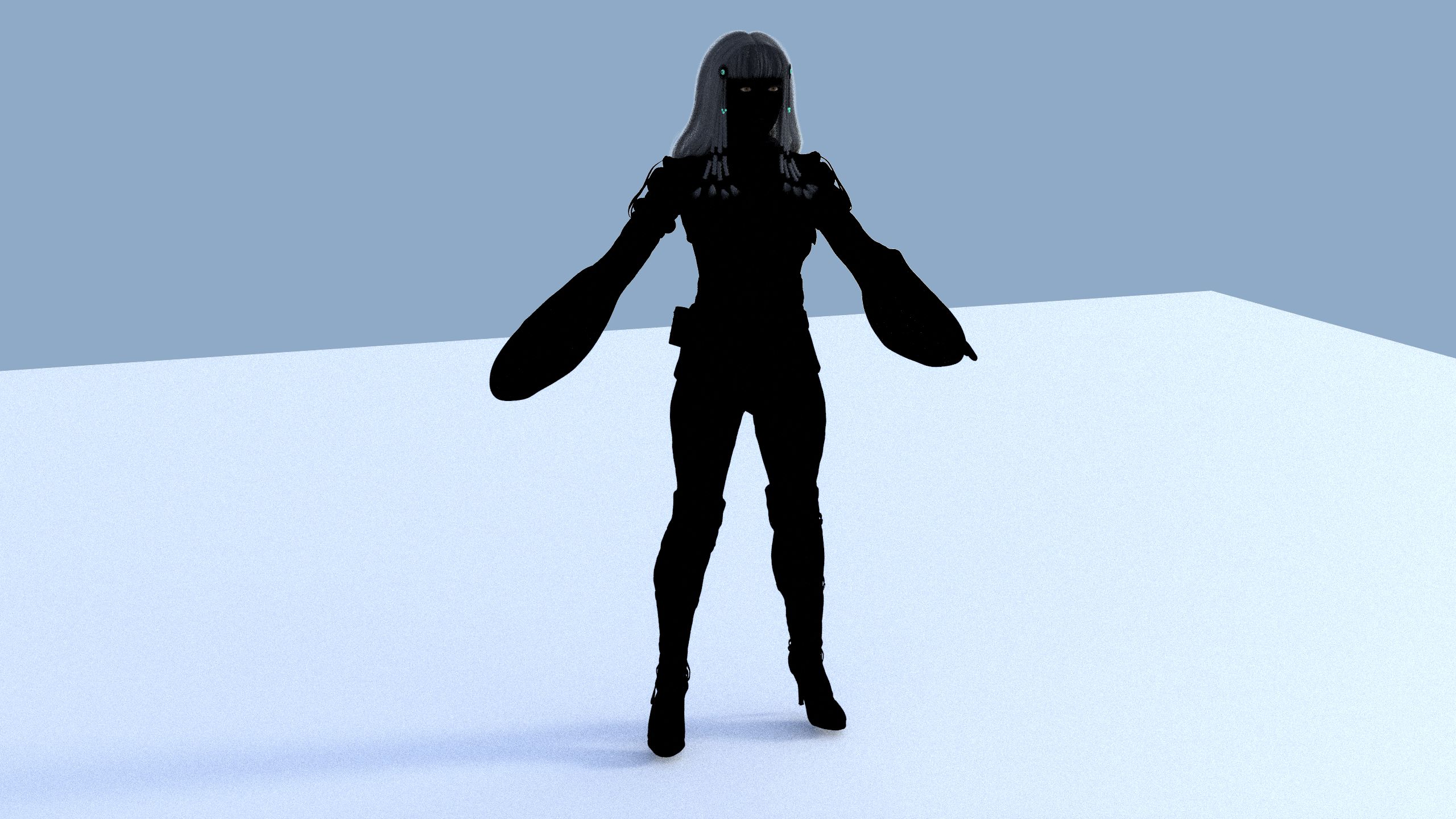


Learn More Try Chaos Corona for 3ds Max for free!Ĭycles is an unbiased GPU/CPU render engine developed by the Blender Foundation and made available under the Apache 2 licensing system. Be an artist, not a technician, and achieve realism with greater ease than other rendering software. Chaos Corona for 3ds MaxĬhaos® Corona delivers high-quality, physically based shading for production rendering. Chaos® Corona delivers high-quality, physically based shading for production rendering. New advanced high-performance renderer for 3ds Max, Cinema 4D, and other platforms. The description from Chaos, the developer: What’s New in Arnold GPU, A Sneak Peek and Beta Information – 19 March 2019.Arnold 5.3 with Arnold GPU Public Beta – Now Available – 20 March 2019.Arnold Render 5.4 Release notes – 31 July 2019.New: Autodesk Maya 2020 and Arnold 6 are Now Available.New: Autodesk Arnold Renderer v7: Amplified Rendering Performance.New: Autodesk Updates Maya, 3ds Max to 2023.Roberto Blake gives a great overview of whether you should choose GPU or CPU rendering. GPU vs CPU Video Rendering and Video Editing Many renderers are hybrid and use both the CPU and GPU. Some 3D renderers will utilize the GPU instead of the CPU, which can mean faster renders, but the downside is that GPUs are limited to the amount of VRAM or video memory. In contrast, a GPU is composed of hundreds of cores that can handle thousands of threads simultaneously.”

#Daz luxcorerender software#
To sum it up, a quote I came across from Kevin Krewell from Nvidia explains it well: “Architecturally, the CPU is composed of just a few cores with lots of cache memory that can handle a few software threads at a time. The GPU is designed for parallel processing so they can work with a lot of data at once. The CPU is based on single cores so it works on one bit of data at a time. A graphics processing unit, or GPU, is there to render 3D graphics and to help the CPU perform its calculations. Think of the central processing unit, or CPU, as the brain and control center of your computer. so make sure that you see the “Further Reading” list below if you want to know more about each term. We’re going to go super basic and barely scratch the surface here. We will keep this document updated when we get around to it. Note how the color is not controlled by the material, but only by the absorption color in the volume.Note: Pricing and system requirements are accurate as of the publishing of this article. The walls of the LuxBall have a thickness of 1cm. This is an example node setup done in BlendLuxCore. Leave the scattering color of the volume white and use the scattering scale to control the scattering strength.Remember to also set the absorption depth of the volume to the depth where the light should be completely red, e.g.So if you want that white light gets a red tint when scattered in the material, set the absorption color to red. To control the scattered color, I would recommend to use the absorption color of the volume.Use a volume with scattering support as interior volume, most of the times you want the Homogeneous volume.That is because reflected light cannot be transmitted (due to energy conservation), so if you have a bright reflection (diffuse) color, less light will be transmitted. If you use Glossytranslucent or Mattetranslucent, set a dark diffuse color and a bright transmission color.This can be Null (completely transparent), Glass, Glossytranslucent or Mattetranslucent. You take a material that allows light to shine through it.In LuxCoreRender, SSS is done in the following way:


 0 kommentar(er)
0 kommentar(er)
